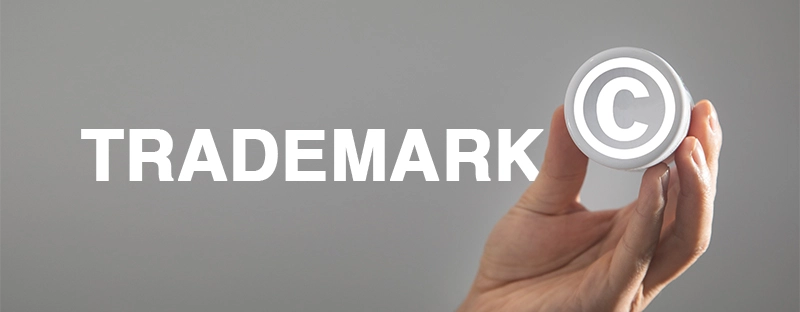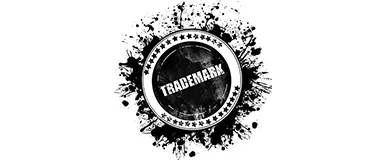Complete step-by-step guide to registering a trademark with the USPTO in 2025. Learn filing requirements, costs ($350 base fee), timelines (12-18 months), and maintenance requirements.
The Best Practices for Effective Trademark Monitoring
Written by Emily Brooks ·

You’re not done and dusted with trademarks once you have your application approved. Don’t get us wrong – approval is a massive moment for your business. However, once you have your trademark, it’s your responsibility to protect it and, when necessary, file opposition against those who might infringe upon it.
How?
Through trademark monitoring, a concept we explain and provide best practices for here.
What Is Trademark Monitoring?
Think of “trademark monitoring” as an umbrella term that encompasses any action you take to watch over your mark and enforce all rights you have in relation to it. You use monitoring to look for any actions taken by others that might infringe upon your trademark.
Applications for similar marks are great examples. A trademark may be too similar to your own – in design, how it reads, or due to products and services – which creates consumer confusion. That confusion can lead to you losing business because customers mistake a similar trademark for your own. That’s potential grounds for you to file opposition, and it’s the sort of issue that only proper trademark monitoring can help you catch.
How to Do Trademark Monitoring Properly
Monitoring is a proactive step you can take to protect your trademark (and the associated brand) before issues develop to the point where you have to file infringement lawsuits. To do it properly means following a set of best practices.
Practice 1 – Use a Trademark Monitoring Service
Protection of your trademark is such a complicated issue – often taking in multiple countries and local jurisdictions – that it’s often best left to the professionals. A good monitoring service can carry out checks on your behalf. It can also ensure you don’t fall behind on issues like trademark renewal, ensuring you don’t run afoul of a trademark issue created by your own lack of awareness.
There are multiple sub-services underneath a main trademark monitoring service. You could choose to monitor just your trade name, looking for any instances where others use the same name in areas where your trademark is active. There is also monitoring carried out at the national and international levels, along with monitoring of WIPO-recognized groups, such as the European Union and the Benelux group that covers Belgium, Luxembourg, and the Netherlands.
Our advice is simple – understand where your trademark is active and what type of protection it may need to find the right service.
Practice 2 – Take Advantage of Search Engine Optimization Tools
Search engine optimization (SEO) has the primary function of helping you rank your website well in search engines. However, the tools you use to do this have a surprising level of effectiveness for trademark monitoring, particularly those related to keyword research. Google Ads and Google’s Keyword Planning tool both allow you to research your own trademarks and, by extension, any similar terms being used in search.
Following through by searching for similar terms yourself can lead to the discovery of websites that infringe on your trademark.
Practice 3 – Get Access to Trademark Databases
A search of the U.S. Federal Trademark Database allows you to check up on all existing trademarks. Though useful when applying for your own mark – databases help you avoid registrations that could be opposed – they’re also handy for tracking down marks that infringe on your registration.
Many of these databases are freely accessible. Take advantage of that and use the same approach as that used with the SEO tools we mentioned earlier. Search for your trademark and any entries that might be similar (think alternate spellings of your brand) and you may discover an infringing party.
Practice 4 – Don’t Stop
We saved the simplest trademark monitoring practice for last – don’t stop monitoring. At no point does your trademark become “bulletproof.” Your responsibility to protect that mark exists for as long as you own it, with every period that passes without proper monitoring opening doors for others to infringe.
Protection of Your Trademark Is Critical
Think of your trademark as a valuable asset akin to a trade secret in your business. You worked hard to get it because you know it delivers something to your brand. Adopting that type of thinking helps you realize why trademark monitoring – whether done yourself or with the help of a third-party service – is so vital. If you’re not doing it, somebody could take advantage of the gap you leave to dilute your brand and steal customers away.


